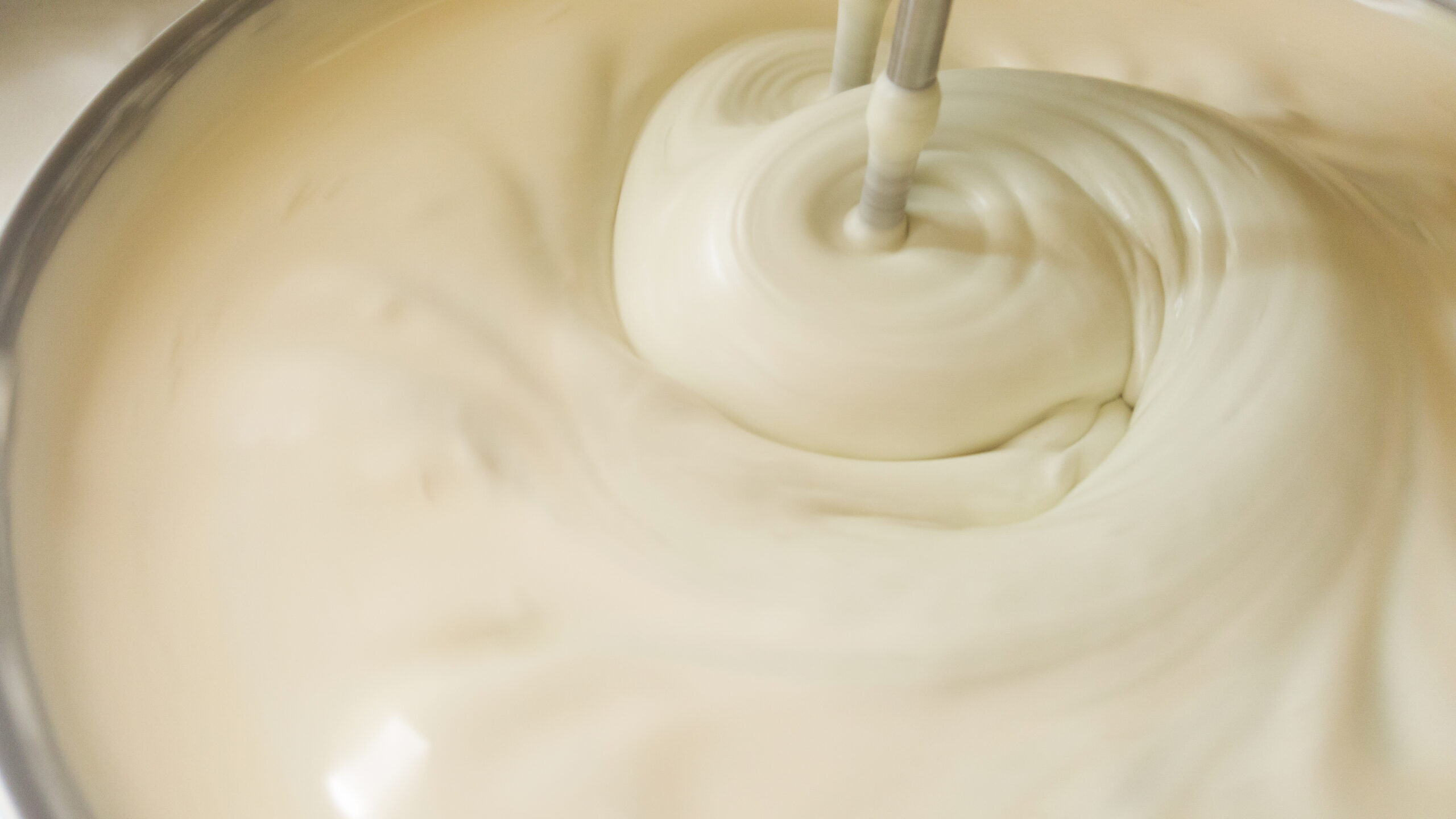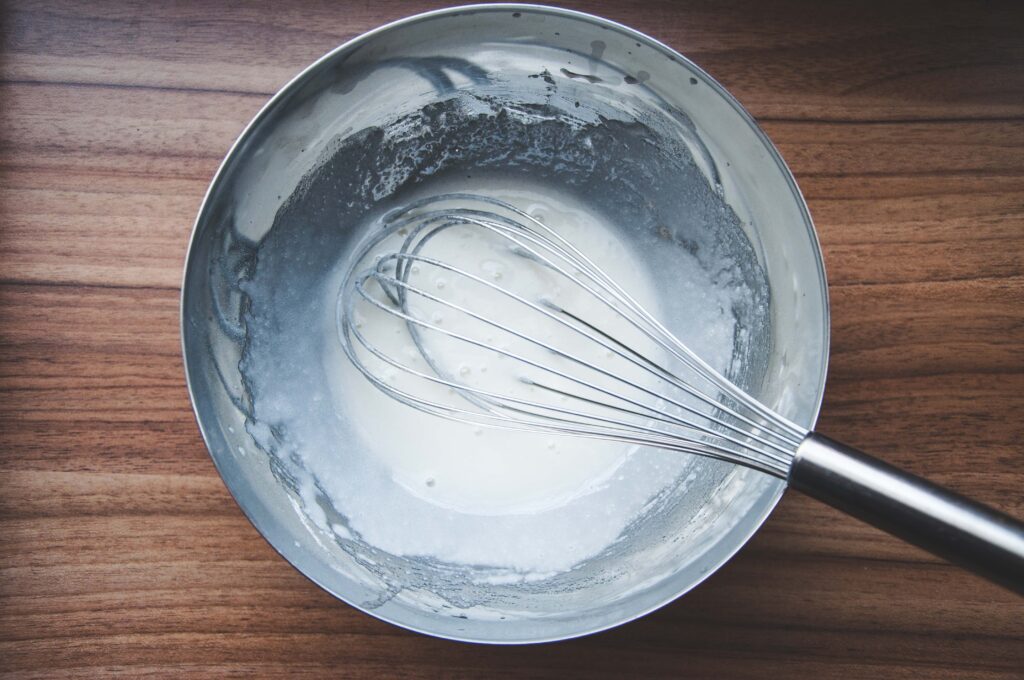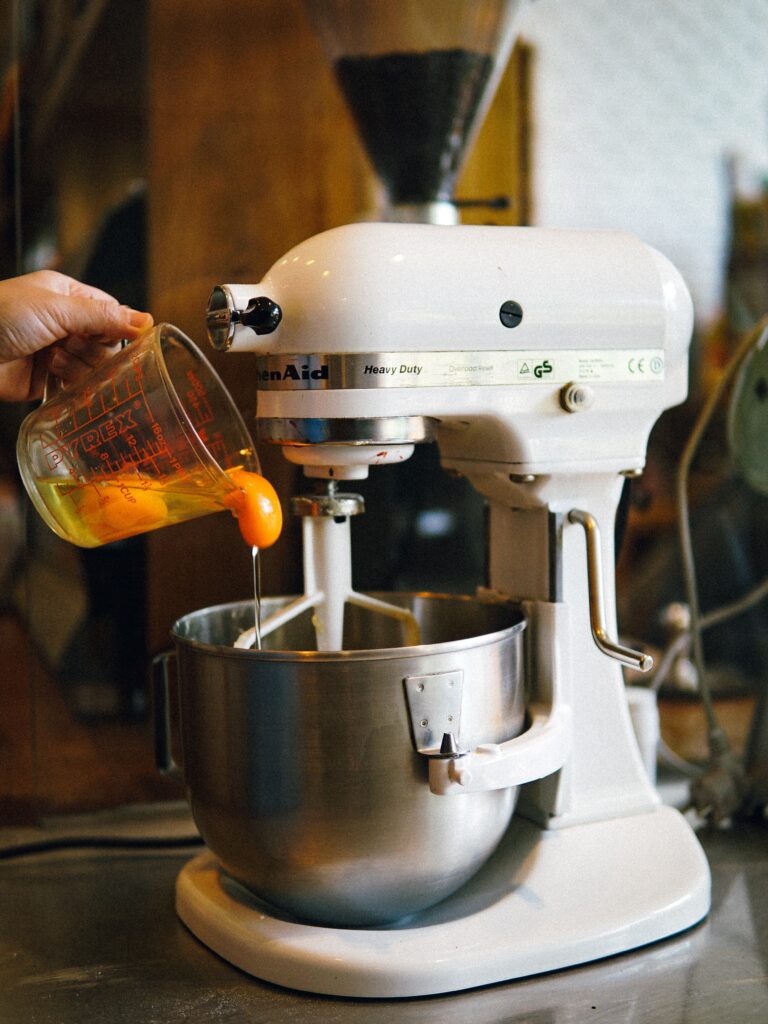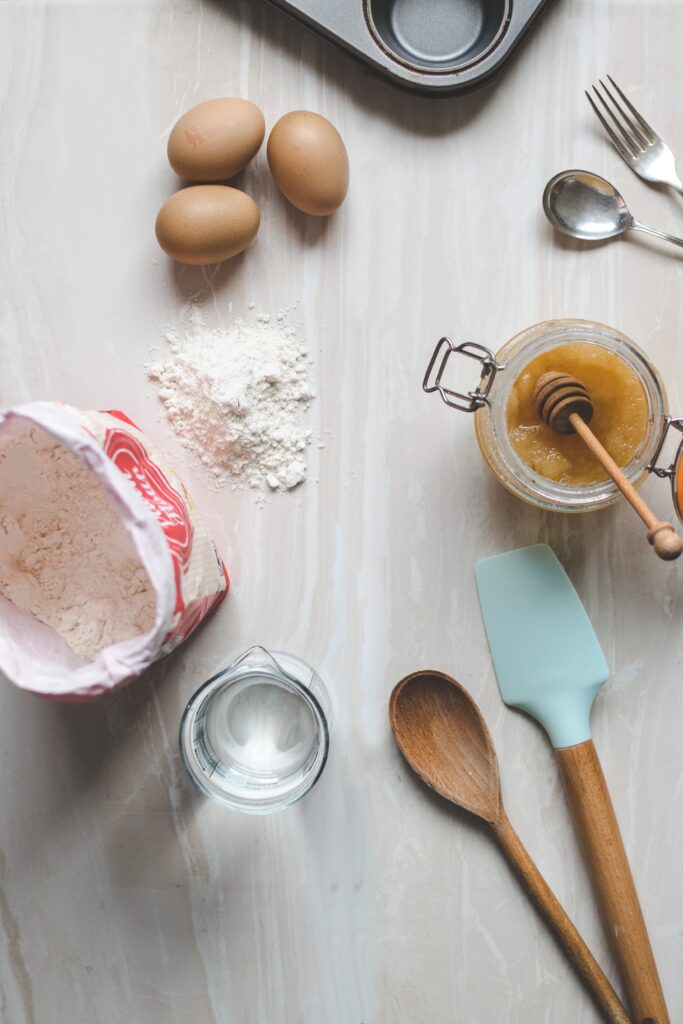Baking requires extreme precision. We frequently assert that there is a science behind baking. There are certain ingredients that must always be present and in a specific quantity for the batter or dough to be successful.
Baking involves more than just ingredients. Even your equipment should be specific in order to achieve the desired consistency and texture. You can work with a bowl, a spoon, a fork, and a toaster oven, but it will be easier and quicker with the proper equipment. The task of combining your baking ingredients is also essential.
In this article, we will examine some of the best alternatives to an electric mixer, including their benefits and drawbacks, as well as how they can be used to achieve the same results. If you don’t have an electric mixer or simply want to experiment with different techniques, you should try these alternatives. Therefore, let’s delve into the world of baking without an electric mixer.
The Best Alternatives to Electric Mixers
Hand Whisk
Using a whisk to whip or beat a mixture. Essentially, to whip a mixture means to incorporate air into it. Adding air to a mixture makes it much less dense than the equivalent non-whipped mixture, making it light and airy.
A handheld whisk is useful for whipping eggs, combining light batters, and any other recipe that calls for air to be beaten into the mixture. If you can keep whisking for an extended period of time, you will likely find that a whisk is effective for thoroughly combining your ingredients. If you desire those picture-perfect meringue peaks, you will need to work up a sweat and whisk for a while.
Thicker recipes like cookie dough can clog a whisk, but whisks work great for fluffier batters like Chiffon cake or Genoise sponge.
The only disadvantage of substituting a whisk for an electric mixer is that it cannot be used to mix thick batter, dough, and a few other ingredients. Nevertheless, a hand whisk is a versatile kitchen tool and an excellent backup in case your electric mixer breaks.
Wooden Spoon and Bowl
If you intend to mix batter by hand, the most common instrument is a spoon. Spoons are available in a variety of sizes, shapes, and materials. Look for a spoon with a large enough surface area to mix a substantial amount of your mixture without requiring much effort. The majority of chefs and bakers prefer using a wooden spoon. A wooden spoon is ideal for creaming butter because it has a rigidity that silicone spoons and spatulas typically lack.
When it comes to hand-mixing, a spoon or whisk is only part of the equation. The remaining half consists of a mixing bowl.
For good reason, mixing bowls are a must-have in every baker’s kitchen. In virtually every recipe that requires the mixing of ingredients, they are used for preparation.
Look for a bowl with a grip or a handle. The bowl’s handle enables you to hold it with your non-mixing hand. We also suggest searching for a mixing bowl with a non-slip base. This will prevent your mixing bowl from sliding on the countertop.
Food Processors
Food processors are accessible in all kitchens. This can be used to combine and blend the liquid ingredients. They are not as effective as a hand blender or stand mixer when it comes to incorporating air into the batter, so they cannot whip the cream or make the frosting. Simply use it to combine and blend the ingredients. It cannot even manage dry ingredients.
It is the best option for combining and blending the liquid ingredients. Food processors can thoroughly combine the ingredients, leaving no lumps behind. However, it cannot handle large quantities, as the jug size of food processors is typically insufficient for large-scale mixing.
Immersion Blender
The immersion blender is quite effective at combining all of the wet ingredients, but it will not incorporate much air into the batter, so the final texture may not be as desired.
Although most people use a blender solely for making juices and smoothies, you can also use it as a substitute mixer. Cake batter, cookie dough, and other sweet treats that require finely blended ingredients can be mixed in a blender. When using a blender, you must take special care not to overmix the ingredients, especially if you’re making cake batter.
When using a blender, combine the eggs, melted butter, and sugar until the mixture is pale in color. The liquid should be poured into a bowl and the dry ingredients should be mixed in. You could mix the entire batter in the blender, but because blenders are so powerful, you run the risk of overmixing. If you overmix the flour, you will create too much gluten, and the texture of the cake will be unpleasant.
A blender is a quick and simple option in baking, but the texture of the cake will be compromised. It is most suitable for making cheesecake batter.
Spatula
A silicone spatula comes in handy when you need a little more control. Not only is it the original inspiration for a stand mixer’s flex edge beater, which is ideal for scraping every last bit of mixture from the bowl, but it’s also great for gently combining ingredients.
The spatula is unusable for the entire process of baking a cake. The silicone will be used in combination with a whisk or wooden spoon to gently fold in any meringue or combine the last components because silicone is too flexible and cannot whip air.
The spatula is perfect for working with delicate ingredients and for making delicate baked goods like sheet cakes, Swiss rolls, and angel cakes.
Alternatives for Specific Baking Tasks
Madeleines from France with Almonds and Apricot Glaze
These elegant tea-cakes are as simple as they are impressive; you will need a special pan to bake them, but the batter can be mixed with a whisk. You can experiment with a variety of flavors, but for this traditional cookie recipe, we use a hint of almond extract and apricot-jam glaze.
Molten Chocolate Cake
The batter for this decadent molten chocolate cake can be prepared in less than 10 minutes using a whisk, spatula, and six ingredients that you may already have on hand: unsalted butter, semisweet chocolate, powdered sugar, an egg, all-purpose flour, and a pinch of salt. Use your imagination to decorate the cake with whipped cream, strawberries, and caramel sauce.
Homemade Blueberry Muffins
Attachments for stand mixers should not touch the bottom or sides of the bowl. Over time, the friction will cause the bowl to deteriorate and will strain the motor. When whipping up a batch of homemade blueberry muffins, do not use a mixer and scrape the sides and bottom of the bowl with a wooden spoon to ensure that all of the ingredients are evenly distributed. If you are working with a small amount of liquid or batter, the attachments will not even come into contact with the ingredients in the bowl.
Creamed Potatoes
You can over-mix potatoes and end up with gluey potatoes. If you are only mashing enough potatoes for tonight’s dinner, you can achieve perfect fluffiness with a ricer or a handheld masher.
Quick Breads
Quick breads and one-bowl cakes can be made by hand with a wooden spoon in a mixing bowl. Typically, quick breads are prepared using the muffin method: combine all of the wet ingredients with the dry ingredients at once. Stir only until moistened, approximately 20 to 30 strokes, then immediately pour into the prepared pan and bake.
Although there are numerous alternatives to an electric mixer, using one remains one of the most effective ways to thoroughly combine baking ingredients. If you are considering purchasing a hand mixer, refer to the infographic below to learn about the most important factors to consider:
Conclusion
Hand-blending ingredients is not as intimidating as it sounds. As long as you have the proper equipment and are willing to put in the required time and effort, you can avoid having to purchase an expensive electric mixer.
You should not let the absence of an electric mixer prevent you from baking delicious treats in your kitchen. There are several alternatives that can achieve the same or even better results than an electric mixer. Depending on the recipe and one’s preferences, a hand whisk, food processor, immersion blender, and wooden spoon and bowl are all excellent options to consider. Each method has its own benefits and drawbacks, but with a little trial and error, you can determine which one works best for you. Don’t be afraid to experiment with these various techniques and discover the joy of baking without an electric mixer.





